QuietOn 3.1 Noise-Canceling Earbuds Review: A Better Night’s Sleep
We may earn a commission from purchases you make after clicking links on this site. Learn more.I had my first experience with QuietOn’s noise-canceling earbuds a few years back. Focused on helping wearers get a better night’s sleep, the QuietOn 2 buds did a good job of blocking out low-frequency noise like snoring, and I was generally impressed with how well they worked.
They weren’t without their issues, though. Even though they were smaller than other earbuds I’d used, they still protruded far enough out of my ear to make them uncomfortable for front or side-sleepers like myself.
On noisy nights, I ended up wearing one of the buds in my “outer” ear, and a foam earplug in the ear that was touching the pillow. It made for a better sleep than earplugs alone, but still seemed a shame to only be getting half the benefit.
QuietOn launched a crowdfunding campaign for the next model in March 2021, and hit full production of the QuietOn 3 a few months later. Promising a smaller size, greater comfort, and extended battery life, I was interested to see whether they’d actually be better in daily (or nightly) use than the previous version.
Late last year, the company released the 3.1 model, an updated version with a couple of small quality of life improvements, but otherwise largely the same as the original. Having now used one version or another of these earbuds for the better part of three years, I feel it’s time for an updated review.
Features and Specifications
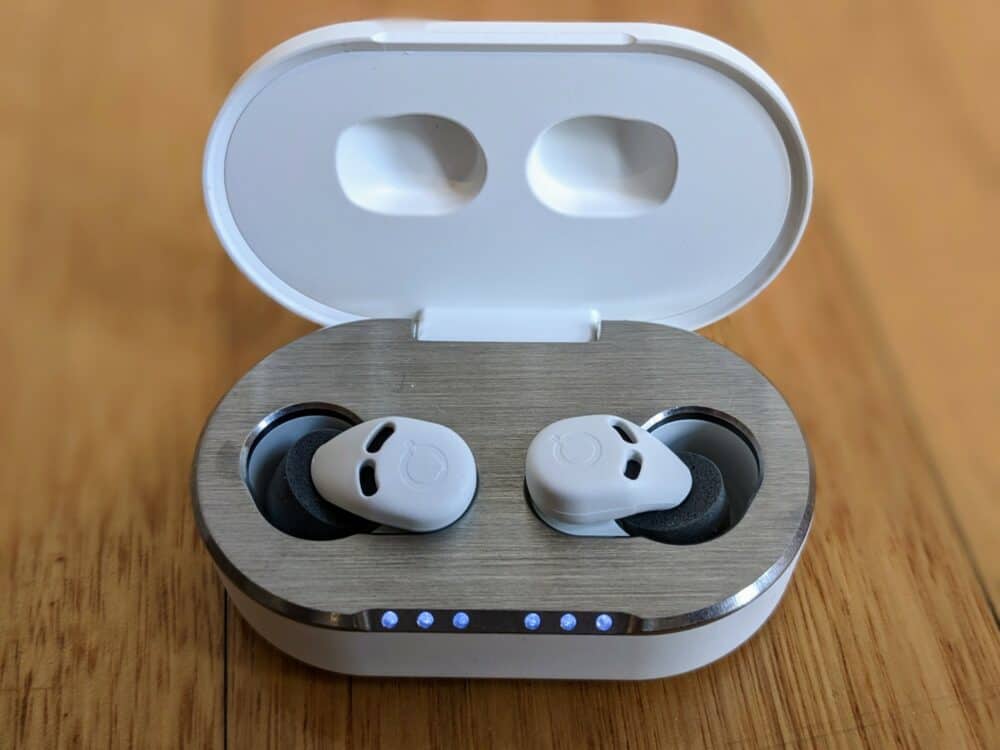
In terms of design, the QuietOn 3.1 earbuds are a pretty sleek affair. The matte white case is a similar size to that of Apple’s Airpods Pro, just a little taller and narrower, and closes with an equally-satisfying snap.
The inside of the case is machined aluminum, with insets for the left and right earbuds. Three small LEDs sit in front of each inset, showing the battery level of the earbud and whether it’s currently charging. The earbuds connect magnetically to their charging pins, ensuring a firm connection even though the tips themselves move around a little in their holder.
At the back sits a USB C charging socket and another three LEDs, this time showing the battery level of the case and whether it’s currently charging. A USB C cable comes in the box, but not a wall charger, so you’ll need to plug it into your existing charger or laptop. QuietOn estimates you’ll get around 28 hours of use out of the earbuds, and around three charges from the case.
The earbuds themselves are very small, especially when lined up beside typical noise-canceling earbuds like the Airpods Pro, but even compared to the petite dimensions of the previous model. While they’re around the same height as the QuietOn 2, they’re narrower and much thinner.
Four memory foam tips come in the box, ranging from extra-small to large. Those tips are one of the things QuietOn changed in the 3.1 version: they’re now noticeably smaller than what came with the 3.0 model, presumably to help make them more comfortable inside your ears.
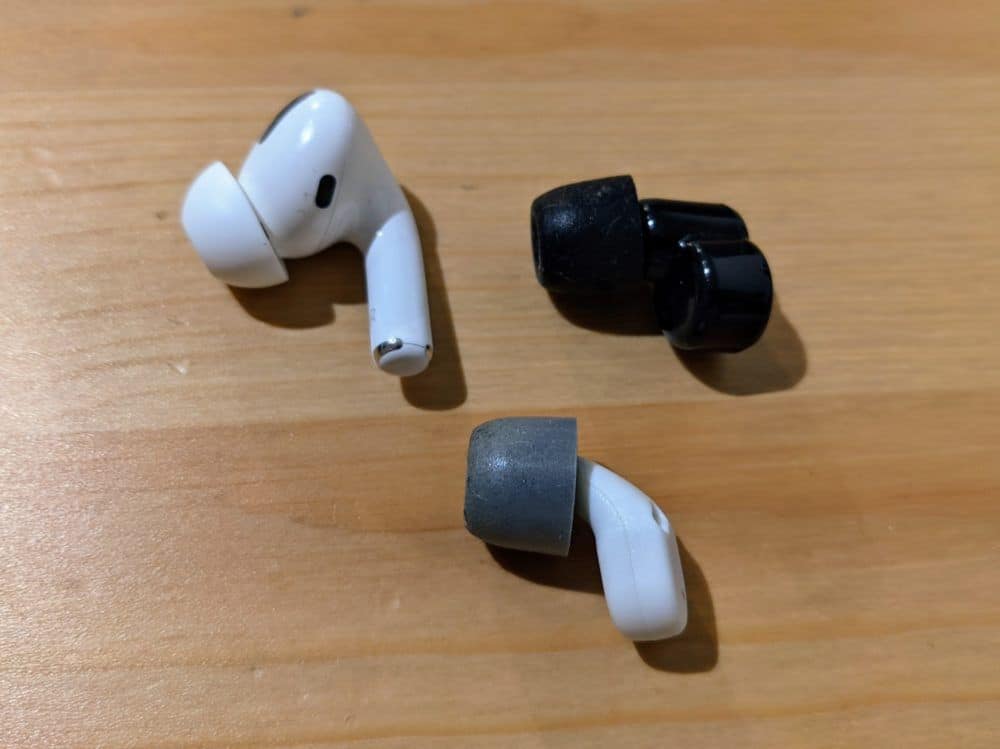
Just like the earlier versions, the QuietOn 3.1 is designed entirely for blocking out low-frequency noise to help you sleep. There’s no ability to stream music or other audio, nor to preload tracks onto the earbuds as with Bose’s (now-discontinued) Sleepbuds II.
As a result, there’s no Bluetooth connection to worry about or speakers to drive, which is why you get over a day of battery life between charges. Charging the earbuds from flat takes around two hours, while charging the case itself takes around three.
There used to be a tiny button on the side of the earbuds to turn noise cancelation on and off, a feature that I used exactly zero times in the real world. Fiddling around trying to locate it was more hassle than it was worth, and I always just pulled out an earbud if I needed to hear something. The button is now gone, and I don’t miss it in the slightest.
Real-World Testing
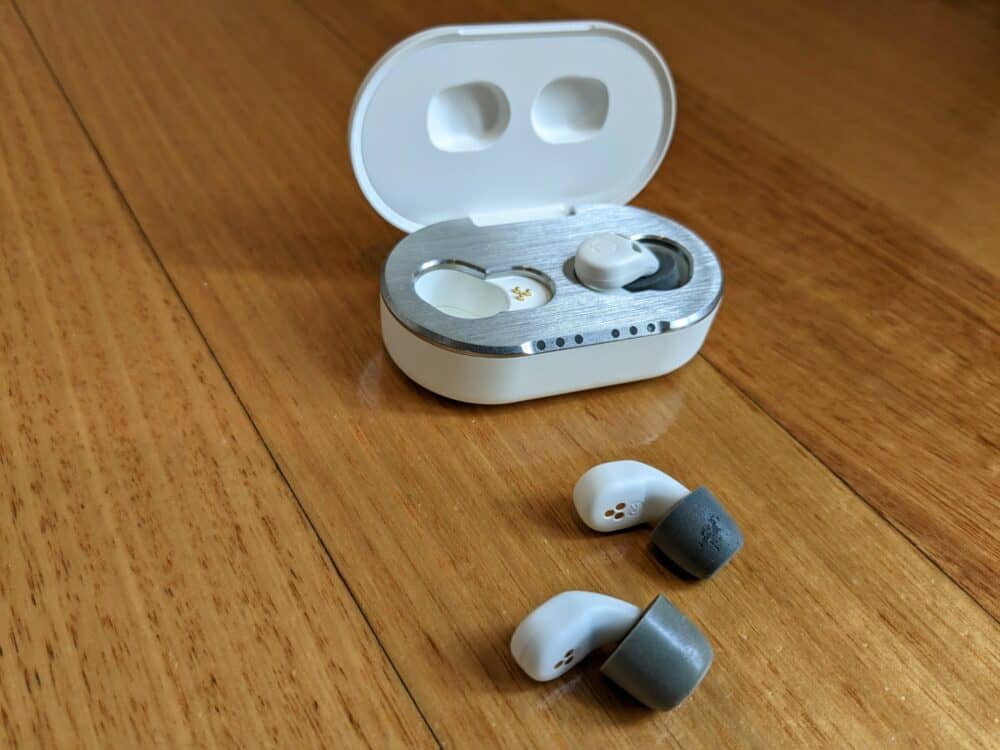
The QuietOn 3.1 buds arrived in a small box containing the earbuds themselves, four sets of foam tips (with the small set already attached,) a short USB-A to USB C cable, and a simple instruction manual.
The case had the company name embossed on the top, while each earbud had a tiny stylized logo on the outer side. That logo, like the earbuds, is extremely subtle, and essentially invisible when you’re wearing the buds.
Fit
QuietOn emphasizes the importance of a tight seal, and includes those four foam tips in the box to help ensure you get one. The noise cancelation won’t work anywhere near as well if the earbuds don’t fit properly. I ended up using the medium size tips, which expanded out to completely fill my ear canal without being uncomfortably large.
Inserting the earbuds into my ears was straightforward, although it’ll probably take a couple of attempts for new QuietOn users to nail it. I just squeezed the tip, inserted each bud with the stem facing upward, and then twisted it anti-clockwise to “lock” it into place. This seemed to ensure a tight fit every time, at least after 15-20 seconds had passed and the foam tips had expanded to fill my ear canal.
If the smaller size of these earbuds versus the previous model had been apparent visually, it was even more obvious when I stuck them in my ears. Where the stem used to protrude slightly, it now tucked in alongside each tragus (the small flap in front of the ear canal) and the earbuds weren’t visible from front-on.
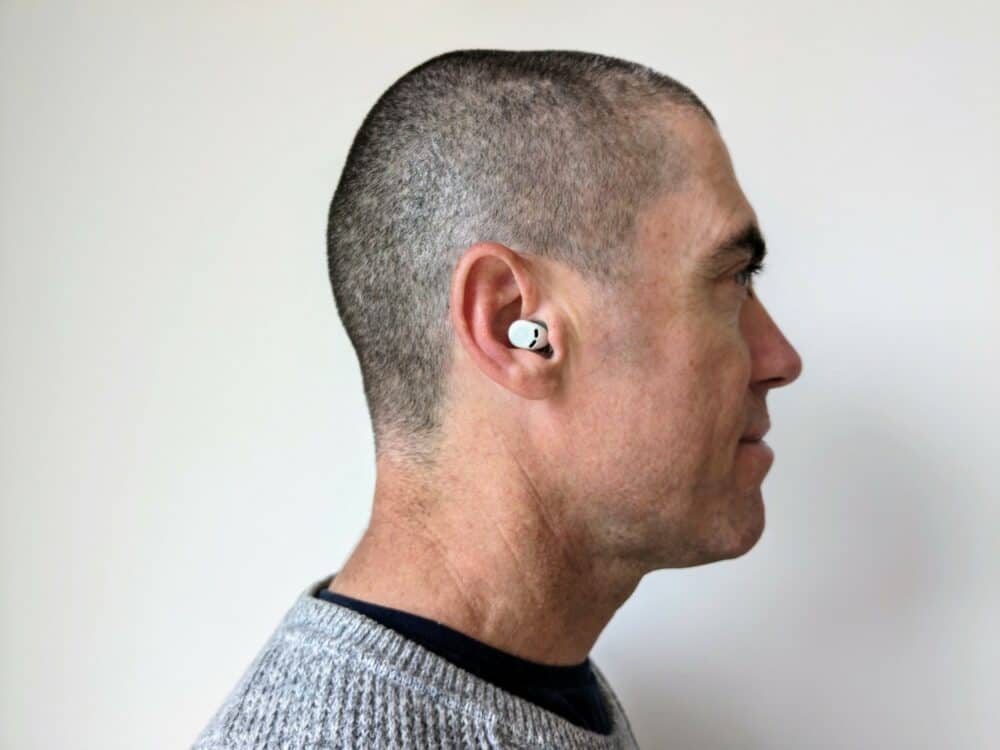
Operation
Since these earbuds are so focused on doing one specific task, there isn’t much to talk about in terms of how they work. There’s no Bluetooth to pair, settings to tweak, or volume to fiddle around with, just stick them in your ears and go (to sleep.)
One thing that did change with the move from 3.0 to 3.1, however, was the introduction of a delay in activating noise cancelation.
With earlier models, that noise cancelation turned on as soon as you removed the earbuds from the case. Now, they’ll stay in pass-through mode for around 25 seconds before switching over, giving you time to insert them fully into your ears.
This change was due entirely to customer feedback, with people saying they didn’t really know how well noise cancelation was working in the past. Now there’s no question: I definitely noticed the difference when it switched on.
Open the lid of the charging case, and you’ll be able to see at a glance how much juice is left, both in each earbud and the case itself. I’d prefer that the lights were a little dimmer, mind you, and that they didn’t stay on as long: thirty seconds of white light feels like an eternity after you decide to grab an earbud in a darkened bedroom.
The good news, though, is that the earbud charge lasts a very long time. I used a single bud each night (more on that below) for two weeks, and put it back in the case each morning. At the end of that time, the case still had around one-third battery remaining, and the earbuds were on full capacity.
You can obviously halve that time if you’re using both buds, but even so, you should expect to go a week or more before needing to track down a charger.
I haven’t had any endless travel days lately to test how well the earbuds themselves stack up to their stated 28-hour runtime. I can’t really see a situation where I’d ever get to fully test that: maybe if I took the new Qantas flight from Perth to London that lasts an unfathomable 17+ hours. And then flew straight back again. God help me.
What I can confirm, though, is that after having the buds in my ears for ten hours, two of the three battery lights were still showing for each one when I dropped them briefly back in the case. Ten hours after that, the final light blinked when I checked the battery level, indicating less than 30% remaining.
Comfort
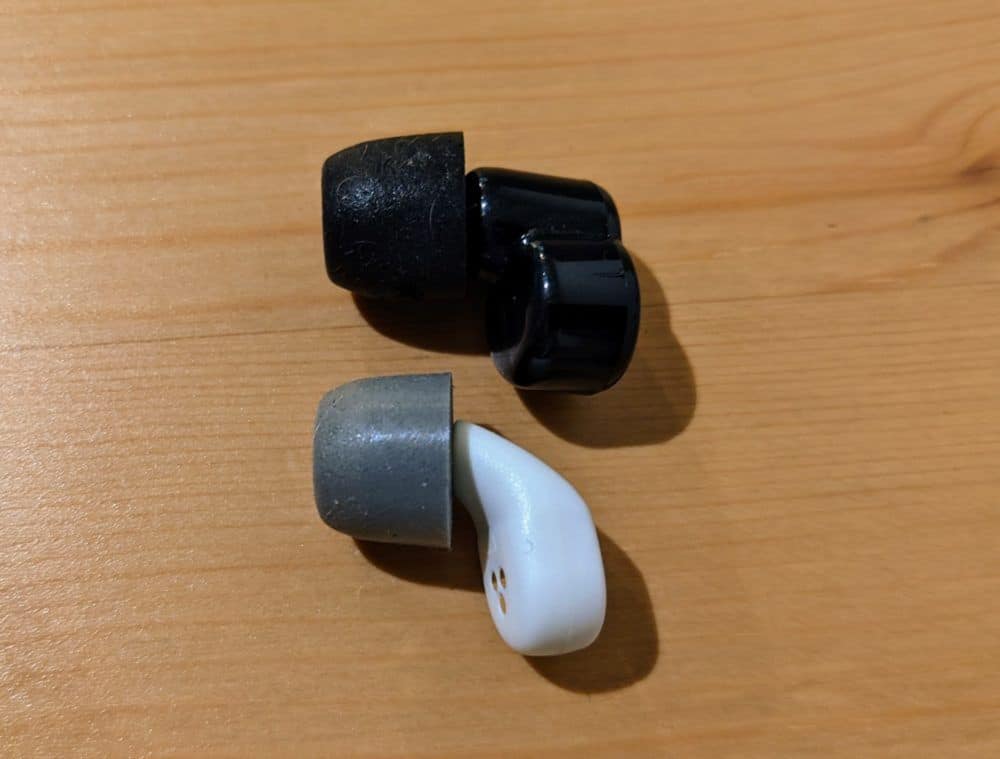
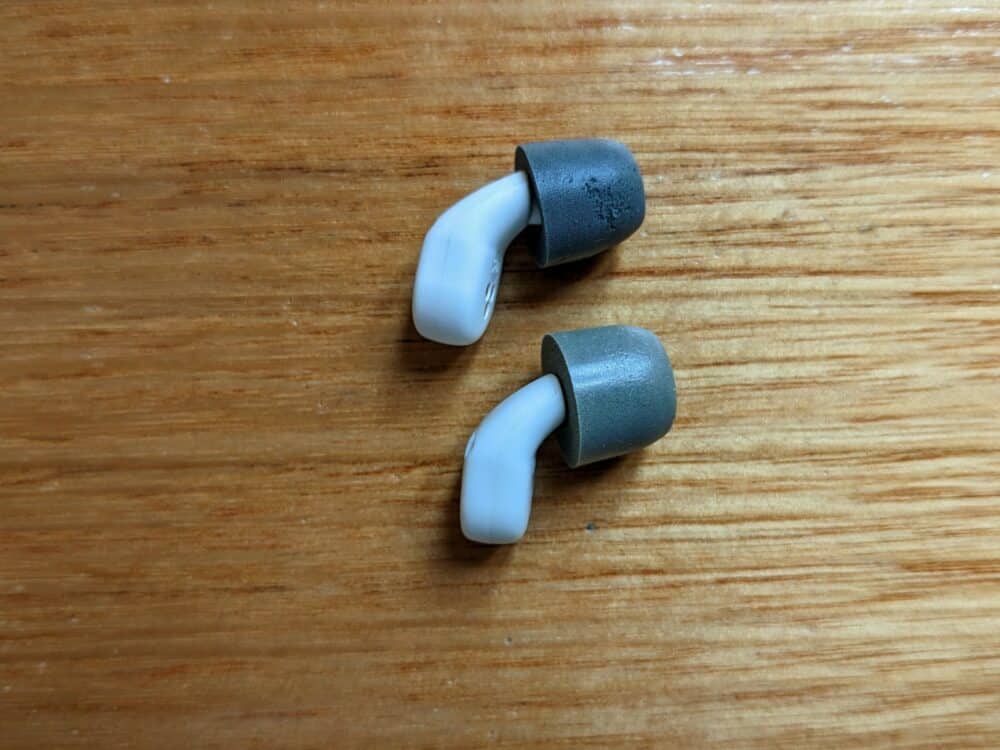
The main issue I had with the previous model was its comfort for side sleepers. The hard plastic casing of the earbud pressed uncomfortably into the ear that was on the pillow, and amplified the sound of every tiny movement. In the end, I either tried to sleep on my back, or just wore an earbud in my “outer” ear and a foam earplug in the other.
The smaller size of the QuietOn 3.1 buds gave me hope that this problem had been resolved, and to some extent, it has. Since the earbuds don’t protrude any more, it’s easier to find a comfortable position for the “inner” ear.
That, combined with the use of what feels like a softer plastic and those smaller buds on the 3.1 version, seems to result in small movements being amplified noticeably less as well. It still happened, but nowhere near as much.
Even so, the earbuds are not yet perfect. While I could usually sleep for a few hours with both earbuds in, I still found myself waking up at some point in the night with a little pain in the ear on the pillow, and either needing to roll over or take the bud out.
Since my partner fortunately doesn’t snore, and I only needed to block quieter traffic and bird noise, a single bud was enough to dull the sound of the outside world. As a result, I switched to using one bud after the first few days of testing, and wore it all night without discomfort for the next couple of weeks.
I also bought a new pillow a few months ago, and found that made a noticeable difference. My previous one was probably on the hard side of medium, the new one is quite a bit softer. I’m able to wear the earbuds in my “pillow” ear for quite a bit longer now, and sometimes all night.
I’ve also been wearing the buds all day while writing this review, and while taking a nap (on my back) for an hour one afternoon. It’s a hard job. I didn’t have any pain or discomfort in either case.
So, in short, the QuietOn 3.1 earbuds are noticeably more comfortable than their predecessors. If you sleep on your back, you’ll likely have no problems at all. If you sleep on your front or side with one ear on the pillow, you may still end up choosing to use a single bud rather than both, but it’s not the near-certainty it was with the previous model.
Noise Cancelation
QuietOn says it hasn’t changed the noise cancelation in this model, and it’s still designed to predominantly block out low-frequency sounds like snoring, traffic, and bass-filled music. Fortunately (?) enough, a construction team decided to coincide my review period with major repair works on the road just down from my apartment, so I’ve had plenty of early-morning testing opportunities.
The rumbling of engines and noise of most power tools was dampened significantly, and was barely audible most of the time. I was able to stay asleep, or fall back to sleep, when using the earbuds, but there was no chance without them.
Higher-pitched tones, like the reversing beep of the trucks or things like angle grinders and concrete cutters, weren’t blocked out quite as well. The earbuds worked more like traditional foam earplugs in this case, reducing the volume but not eliminating it.
Inside the house, QuietOn suggests testing with things like washing machines, TVs, and AC units. Again, these lower-frequency sounds were blocked out almost entirely, even with the TV turned up much louder than I’d typically have it.
Comparing them to other noise-canceling earbuds and headphones I had lying around, the QuietOn 3.1 removed significantly more ambient noise than the Airpods Pro, and somewhat less than the Sony WM-1000XM2 headphones. They were also more comfortable to wear while side-sleeping than either of the others, although that’s not a particularly high bar.
Get regular updates from the world of travel tech and remote work
News, reviews, recommendations and more, from here and around the web
The Verdict
There’s no doubt that the QuietOn 3.1 earbuds are a noticeable step up from the previous version. The smaller, sleeker design and wider range of tip sizes makes them more comfortable for more people, even side sleepers like me.
The lack of a battery in the charging case felt like a missed opportunity in the earlier version, a problem that’s now been rectified, and the earbuds themselves last longer between charges as well. You’ll now likely go several days without needing to find a wall socket, a rarity for any mobile device. They’ll easily outlast the longest of long travel days, whenever we next get to have those again.
At the end of my review of the earlier model, I said they provided genuine value for people who slept on their back, and were a harder sell for others. That’s still somewhat true for the QuietOn 3.1, but I’d now suggest that even front and side-sleepers should give these a try if they struggle with a noisy partner or environment.
The company offers a 30-day return policy so you can decide for yourself. You’ll get 10% off by using the special discount links in this review.
Main image via QuietOn, other images via author

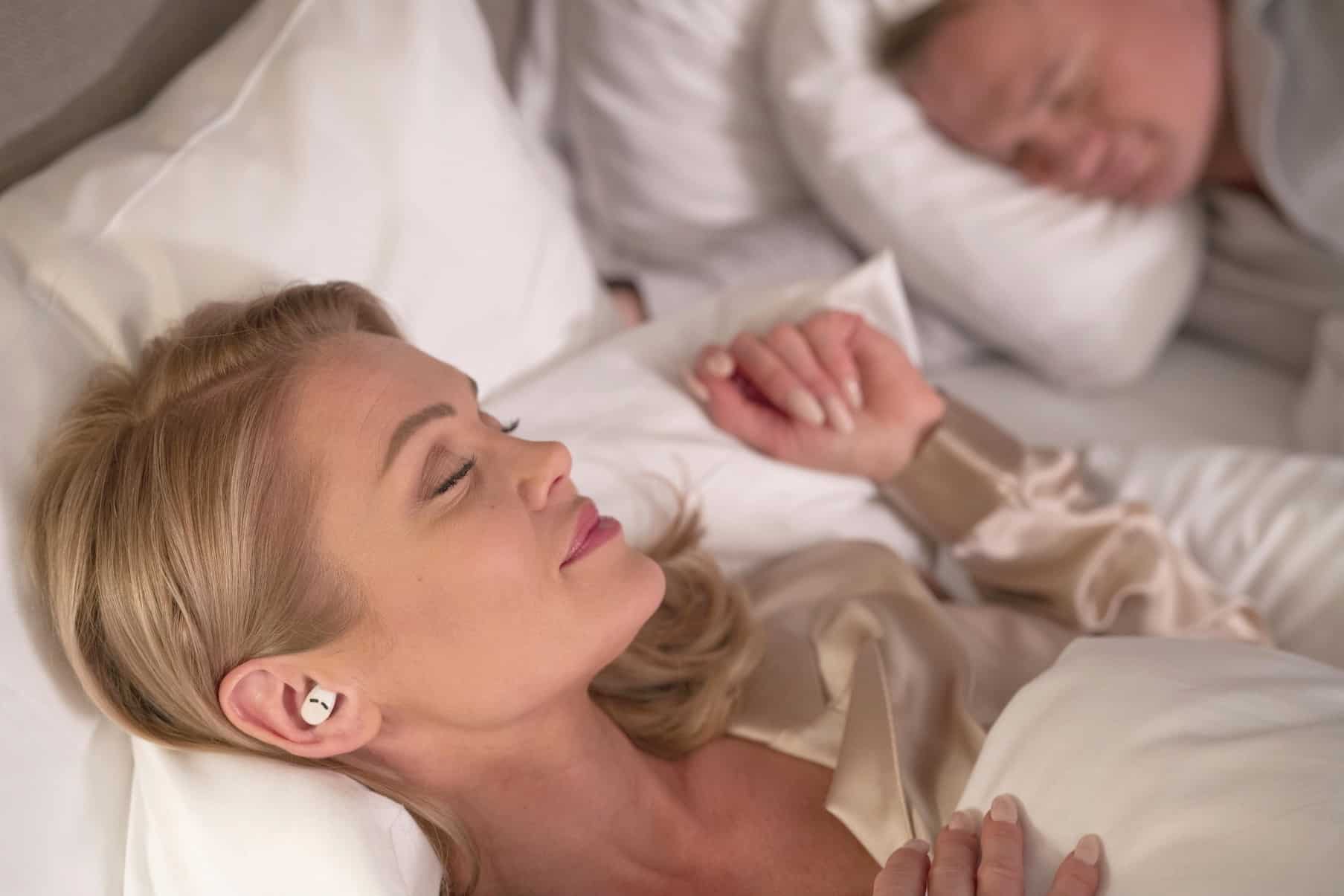
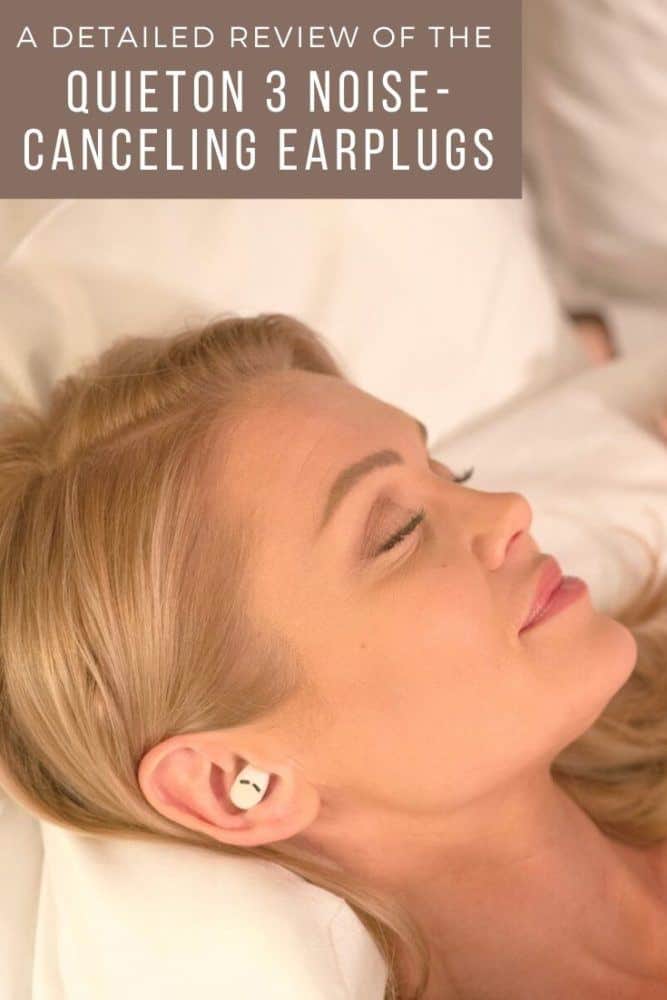



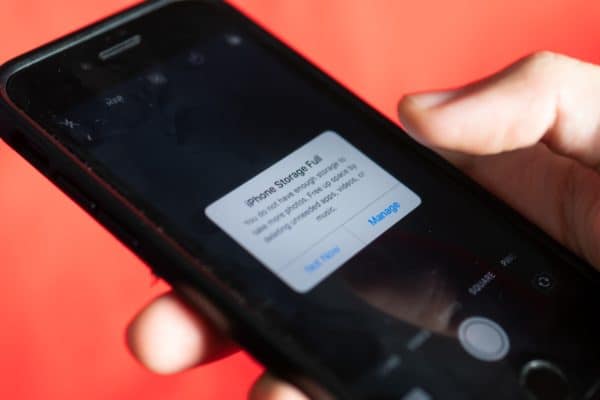
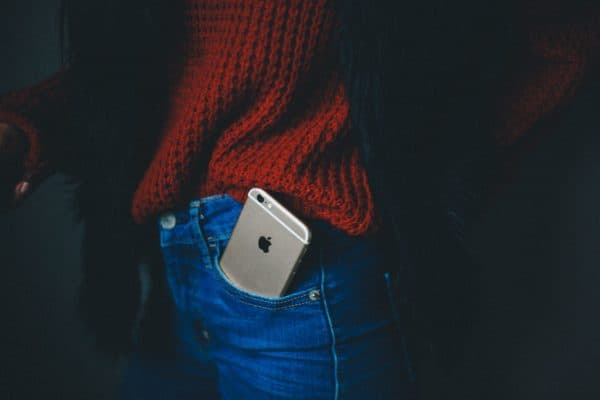
Thanks for writing this! I’ve been waiting. 🙂 My rub is… I buy them and they take 4-6 weeks from Finland. Then if I don’t like them, I have to pay for shipping back to Finland! And how much does that cost!? Do you know? Do you know of any dealers who sell them in the United States?
Hi Kait,
I don’t know what it would cost to ship them back if you didn’t like them, unfortunately. There are no US dealers that I’m aware of at this point — I’m not sure whether that’s something that QuietOn is looking into or not. The 4-6 week lead time should come down significantly, at least: the earlier model currently ships in 1-3 days, so I suspect it’s a temporary issue with low stock.
Hi Dave! One thing I am missing once again in a review about electric ear plugs or ANC device is the comparison to high quality disposable ear plugs (e.g. the colorful moldex spark plugs). Those are very close to the limit of what can be blocked “mechanically”.
For example, the AirPod Pros with ANC on are significantly WORSE than the spark plugs. I wonder how quieton 3 measure up to that standard? If they aren’t better than my foam plugs there is absolutely no point in them.
Hi Alex,
As it happens I’ve used that type of colorful earplug while sleeping in the past, so I perhaps have some insight. Without dedicated testing equipment I can’t give you objective numbers, but subjectively, I’ve found the QuietOn 3 to be more comfortable to wear for several hours (ie, less ear pain when I wake up) and somewhat more effective at blocking out lower frequency sound.
My comment in the review about sleeping with one ear on the pillow stands, though — if that’s you, and you’re able to do so comfortably all night while using those earplugs, you won’t benefit as much from the QuietOns if you end up having to take one of them out of the “lower” ear because it’s uncomfortable. Whether you do or not will be specific to you, your pillow, and how you sleep, though.
The AirPod Pros are significantly worse than both, unsurprising I guess since their design gives them basically no physical noise isolation.
Thanks for posting. I bought the QuietOn 2 in March after trying several moldable earplugs. Unfortunately, they were disappointing for two reasons. First, I’m a side-sleeper who changes position a few times during the night. The QuietOn only made that worse as the ear-down bud became uncomfortable fairly quickly. The new design may be better, since the smaller size and rounded edges might be more tolerable.
Second, the ANC wasn’t always as effective as expected, despite fiddling with various size tips and earbud positions. I also woke up several times to discover that at least one QuietOn had completely dislodged.
My advice to side-sleepers: Give the QuietOn 3 a try if nothing else works and you can handle the high price, but take advantage of the 14-day return policy if they don’t pan out.
I may write the company and see if they’d be willing to let me upgrade at a much steeper discount than the one they offered in a recent Black Friday email ad. (I paid $159 for the QuietOn 2.)
This article is completely accurate and aligned to my experience.
Bought mine in June 2023 and after changing from the Medium to Small foam plugs it has made all the difference. No need to squeeze them now, especially as I didnt enjoy the expand and sometimes they’d pop out. Maybe I need to change my pillow as my right ear still gets uncomfortable. But these quietons 3.1 are amazing and have given me solid sleep for many nights over the past month or so including significantly lessening the cabin noise on a few 12 hour flights. Thanks. Comment from Aug 2023.